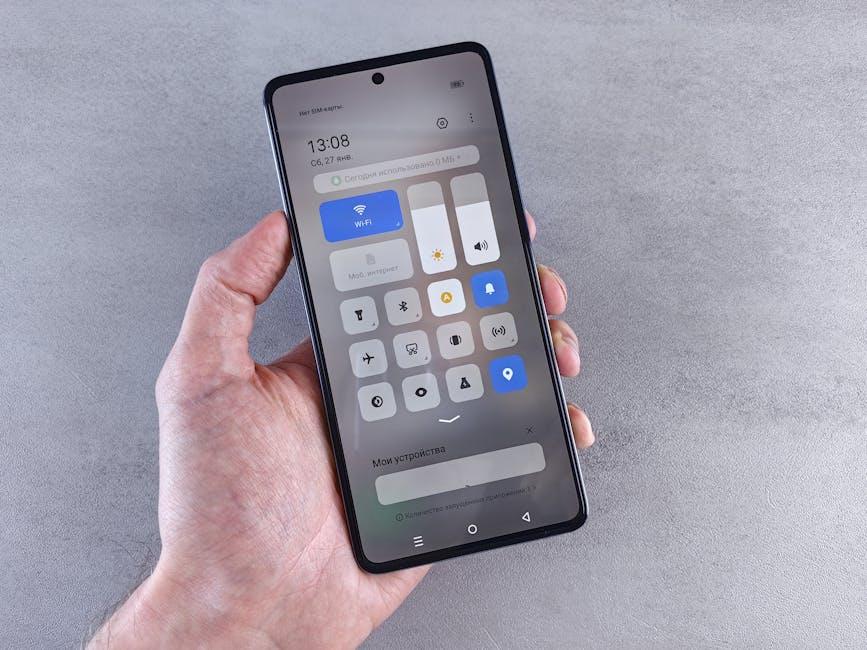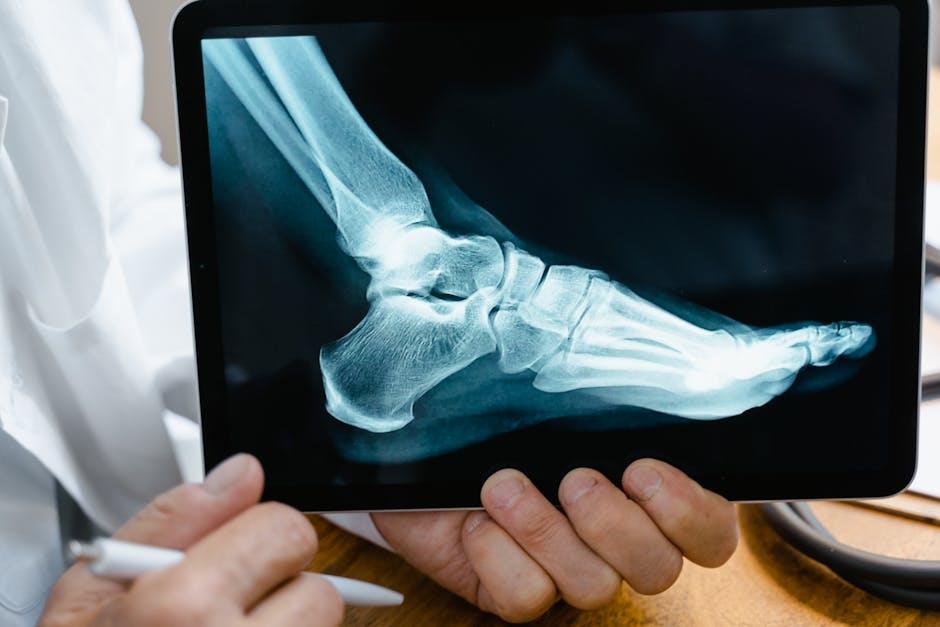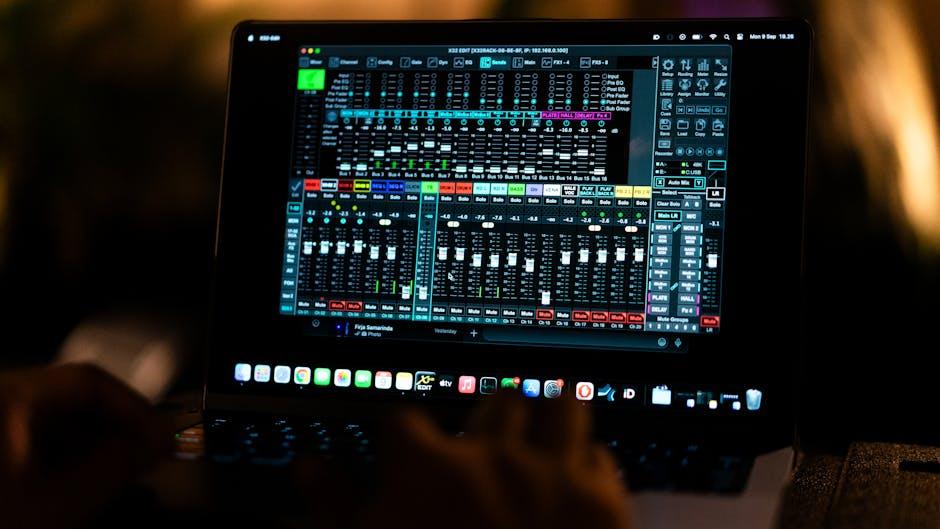In today’s digital age, streaming music and podcasts via Bluetooth devices has become a ubiquitous part of our daily lives, offering unparalleled convenience and mobility. However, achieving high-quality sound can sometimes be a challenge due to various factors that affect audio performance. Whether you’re an audiophile seeking the purest tones or a casual listener wanting to enhance your auditory experience, understanding how to optimize sound quality is essential. This article will guide you through practical strategies and tips to improve the sound quality of your Bluetooth streaming, ensuring that you can enjoy your favorite tunes with clarity and depth. From selecting the right equipment to adjusting settings and reducing interference, we’ll explore comprehensive solutions to help you get the most out of your Bluetooth audio experience.
Optimizing Bluetooth Device Settings for Enhanced Audio
- Check Device Compatibility: Ensure that both your audio source and Bluetooth headphones or speakers support high-quality audio codecs such as aptX, AAC, or LDAC. These codecs significantly enhance sound clarity and reduce latency, providing a richer audio experience.
- Adjust Bluetooth Settings: Navigate to your device’s Bluetooth settings and prioritize the highest available audio quality option. On many smartphones, you can access advanced settings to manually select the preferred codec, ensuring optimal performance.
- Minimize Interference: Keep your Bluetooth devices in close proximity and avoid obstacles like walls or large objects that may disrupt the signal. Also, try to minimize the number of active Bluetooth connections to prevent bandwidth limitations.
- Regular Firmware Updates: Keep your Bluetooth devices updated with the latest firmware. Manufacturers often release updates that improve audio quality and fix connectivity issues.
- Use Quality Audio Files: Streaming high-resolution audio files can make a noticeable difference in sound quality. Platforms offering lossless audio streaming can provide an enhanced listening experience compared to standard compressed formats.
Choosing the Right Audio Codec for Superior Sound Quality
When streaming audio over Bluetooth, the choice of codec can significantly impact sound quality. Not all codecs are created equal, and selecting the right one can enhance your listening experience. Here’s what to consider:
- SBC (Subband Coding): The default codec for most Bluetooth devices, offering decent quality and compatibility. However, it compresses audio more than others, potentially leading to noticeable quality loss.
- AAC (Advanced Audio Codec): Favored by Apple devices, AAC provides better sound quality than SBC at similar bit rates, making it a good choice for iOS users.
- aptX and aptX HD: Designed for higher audio quality, these codecs offer CD-like sound. aptX HD supports 24-bit audio, providing a richer listening experience, but both require compatible devices.
- LDAC: Developed by Sony, LDAC offers the highest resolution audio streaming over Bluetooth, supporting up to 990 kbps. It’s ideal for audiophiles who prioritize sound fidelity.
To optimize sound quality, ensure your devices support the chosen codec and configure your settings to prioritize it. This small adjustment can make a substantial difference in your Bluetooth audio experience.

Reducing Wireless Interference to Maintain Clear Audio Streams
To ensure a seamless audio experience on Bluetooth devices, it’s crucial to minimize wireless interference, which can often cause disruptions. Here are some effective strategies to help maintain clear audio streams:
- Optimize Device Placement: Keep your Bluetooth device and audio source within a close range to minimize signal degradation. Avoid physical obstructions like walls and large furniture that can impede the signal.
- Limit Competing Devices: Reduce the number of devices connected to the same network. This can be done by turning off unnecessary Bluetooth and Wi-Fi devices to free up bandwidth.
- Update Firmware: Ensure that both your audio source and Bluetooth device have the latest firmware updates. Manufacturers often release updates that enhance connectivity and reduce interference.
- Switch Channels: Many routers allow you to change the channel frequency. Switching to a less congested channel can help reduce interference from other wireless devices.
Implementing these tips can significantly enhance your Bluetooth audio streaming experience, ensuring you enjoy high-quality sound without interruptions.

Adjusting Equalizer Settings for Personalized Audio Experience
To achieve a personalized audio experience, adjusting the equalizer settings on your Bluetooth streaming device can make a significant difference. Start by identifying the type of audio you frequently listen to, such as music, podcasts, or movies, as each has unique sound characteristics. For a richer music experience, consider enhancing the bass and treble settings. If clarity in podcasts is your priority, focus on the mid-range frequencies to ensure voices are crisp and clear. Movies may benefit from a balanced approach that boosts both bass for effects and treble for dialogue.
- Rock and Pop Music: Increase bass and treble for a punchier sound.
- Classical and Jazz: Slightly boost mid-range frequencies for instrument clarity.
- Podcasts and Audiobooks: Focus on mid-range frequencies to enhance vocal clarity.
- Movies: Balance bass and treble to enjoy both sound effects and dialogue.
Experiment with these settings and trust your ears. Everyone’s hearing is different, and what sounds perfect to one person might not suit another. Many devices offer preset equalizer settings like “Rock”, “Classical”, or “Bass Boost”. These can be a great starting point, but don’t hesitate to tweak them further for a truly customized experience.






































